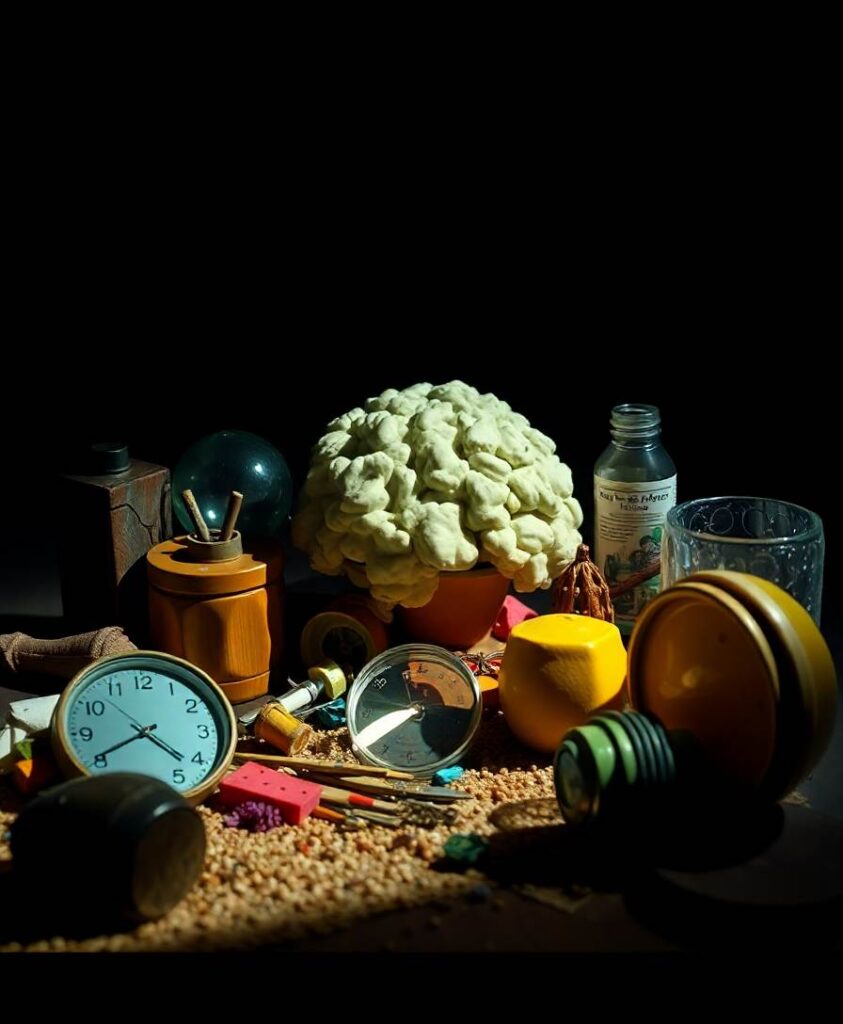Feeling that strange, persistent fatigue that just won’t go away? Noticing your nails look a little paler than usual, or perhaps a slight yellowish tint that you can’t quite explain? Many of us experience subtle changes in our bodies that are easy to overlook—yet they might hold clues to more serious health issues like anemia. These small, often unnoticed cues are part of how your body whispers its needs, and now, thanks to innovative technology, those whispers can be heard more clearly than ever before.
Imagine a simple, everyday action—taking a selfie of your fingernail—becoming a gateway to understanding your health. This isn’t science fiction. A new AI-powered smartphone app is transforming how we detect anemia, a condition affecting millions worldwide. Instead of invasive blood draws or expensive lab tests, this app uses just a photo of your fingernail to estimate your hemoglobin levels, the key indicator for anemia. This breakthrough makes health screening more accessible, especially for those who might not have easy access to medical facilities.
How can a fingernail selfie tell if you’re anemic?
Our nails are tiny windows into our health. Changes in color, texture, or appearance can signal deficiencies or underlying conditions. The new AI-powered app analyzes the subtle hues and textures of your fingernail and provides a hemoglobin estimate that’s comparable to traditional lab tests. Think of it as a quick, noninvasive health check that fits into your daily routine—no needles, no waiting rooms, just a quick snap and instant feedback. This is especially significant for people living in remote or underserved communities, where access to healthcare resources might be limited.
Over 1.4 million tests have already been conducted using this tool, with more than 200,000 users benefiting from early detection and monitoring. The potential impact on global health is enormous—more than 83 million Americans and over 2 billion people worldwide are at high risk for anemia. For these populations, a low-cost, scalable screening method that can be used anytime, anywhere, opens new doors to health awareness and early intervention.

Why is accessible anemia screening so crucial today?
In many parts of the world, diagnosing anemia remains a challenge, often requiring expensive laboratory equipment and trained healthcare professionals. But anemia is a silent condition—many people don’t realize they have it until symptoms become severe, like extreme fatigue, dizziness, or shortness of breath. Catching it early can greatly improve quality of life and prevent serious complications. Yet, traditional testing methods are not always feasible for everyone.
This is where smartphone technology becomes a powerful democratizer. By turning everyday devices into health assessment tools, this AI-powered fingernail screening app offers a new way to empower individuals to take charge of their health. It’s about transforming a simple selfie into a meaningful health insight, making early detection a routine part of self-care for all—regardless of where you live.
While this innovation is still in the early stages, its potential to reach vulnerable populations and provide real-time health insights is truly inspiring. It exemplifies how technology can serve as a bridge—bringing healthcare to the fingertips of those who need it most and helping us all to see our bodies more clearly, one nail at a time.
Learn More: How a Fingernail Selfie Can Reveal Hidden Signs of Anemia
Abstract: A groundbreaking new study introduces an AI-powered smartphone app that noninvasively screens for anemia using a photo of a user’s fingernail. The study shows the app provides hemoglobin estimates comparable to traditional lab tests, with over 1.4 million tests conducted by 200,000+ users. An estimated 83 million Americans and more than 2 billion people globally are at high risk for anemia — populations that stand to benefit significantly from this accessible screening tool. The app offers a low-cost, scalable solution that enhances access, especially in underserved and remote communities, while enabling real-time health monitoring and earlier intervention.
Link: Read Full Article (External Site)

